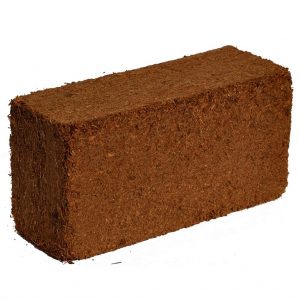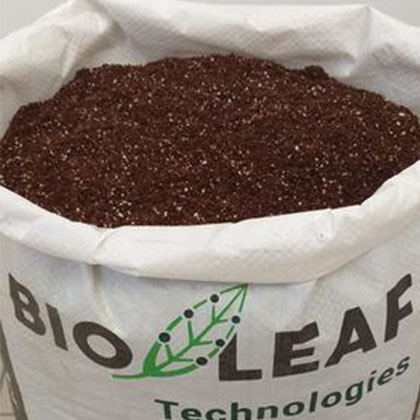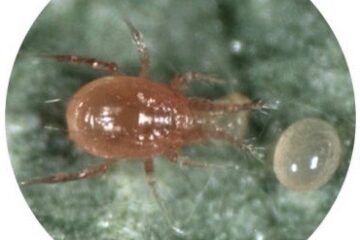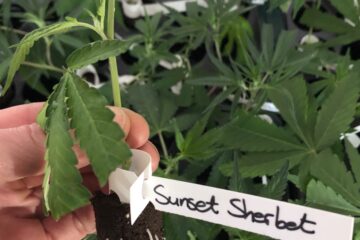Coco peat is a great growing medium but needs to be buffered. Buffering is a necessary process for the best results but it’s not a fun thing to do. Buffer coco correctly to mitigate any risks and give your plants the best chance of success, you won’t be sorry. This is our guide on how to buffer coco peat.

Why grow in coco peat?
Advantages include it’s ability to hold water as well as air. It’s natural pH is around 5.5 (perfect for hydroponics) and it’s inert, providing no nutrients to plants. Coco allows for good root development and is also re-usable. The biggest advantage is it’s cation exchange capacity (CEC), the ability to transfer nutrients to plants. Coco’s CEC, can be as high as 400, while a good quality soil is around 80-100.
There are some downsides however. Coco contains a lot of natural salts. Any water or nutrient solution fed to plants grown in coco peat must be pH corrected. Growing with coco also means you need to buffer with calcium and magnesium.
Why buffer coco peat?
Coco peat normally contains high amounts of potassium and sodium. The aim of buffering is to get the coco to release those elements and replace them with calcium and magnesium.
What is calmag?
Calmag is a short name for calcium nitrate and magnesium nitrate fertilizers usually mixed at a certain ratio. It can be found in a granule or liquid form under many brands and varieties. For this post, we’ll stick to granule form.
Calcium is vital in cell structure and for general health and growth. Magnesium is needed for photosynthesis, aids in the activation of many plant enzymes needed for growth and contributes to protein synthesis.

How to expand coco peat.
Place the amount of coco you would like to expand in a container adding plenty of water. If you’d like a sterile medium, you could expand with boiling water to kill any bacteria or insect eggs that may be hiding. Be careful not to burn your self.
Your container of coco and water should be like a thick soup. Sometimes, coco peat quality can differ, and things like sand or gravel can be found once expanded. By adding a large amount of water, the unwanted heavy stuff will sink to the bottom. Simply scoop out your coco with a sieve or the like, leaving sediments behind placing the washed coco in a fabric pot. It’s recommended to wash your coco again if you like, and thats why it’s in a fabric pot. Run the hose pipe over the medium until a steady stream of water runs off. You are now ready to buffer your coco peat.
How to buffer coco peat
Now that your expanded, washed coco peat is in a fabric pot, buffering is so much easier. Get another container or bucket, one that the fabric pot can fit into with around the same height and start filling it with water. As you fill it, add 3 grams of calmag granules for every liter of water and stir properly to dissolve. Now place your fabric pot with your coco into the container of calmag solution and leave it to buffer for 24 hours.
Remove your fabric pot and run the hose over the coco again for a few minutes. Throw the used calmag solution away and repeat the whole process again. Once your coco is washed after the second 24 hour period of buffering in a new solution, it’s ready to use.
For those with an EC meter, aim for an EC of 3.0-4.0 of calcium nitrate or calmag for a coco buffering solution. Rinse until the run off EC is 0.6 or lower.

Maintenance
The trick now is to continue adding calmag to your nutrient schedule with every feeding, unless flushing your plants. This will make sure you don’t run into problems down the line with calcium and magnesium deficiencies leading to others. A good rule of thumb is to take your nutrient solution EC to 0.4-0.5 with calcium products before adding your usual 3 part nutrient. (More on mixing nutrient solutions here)



0 Comments